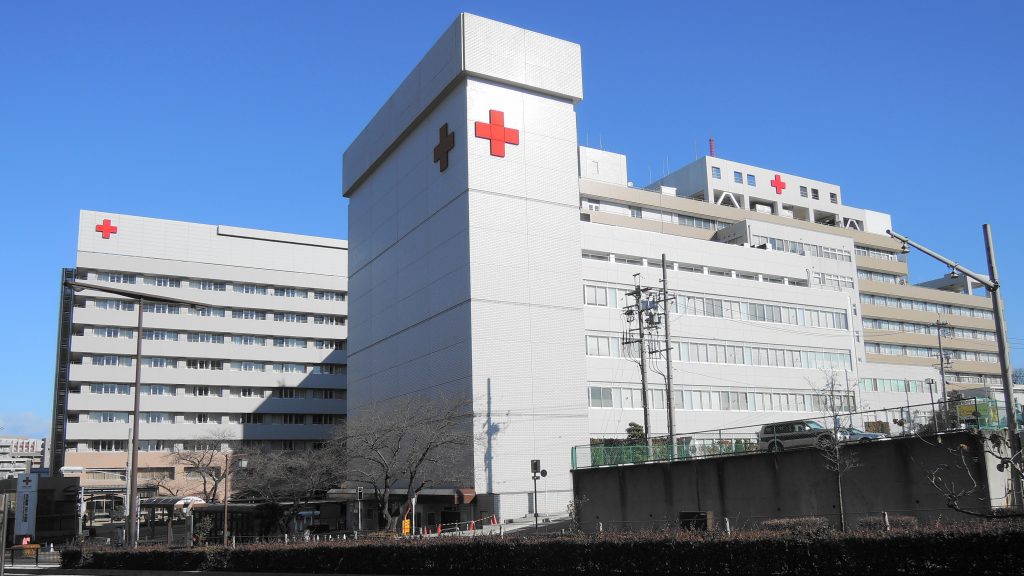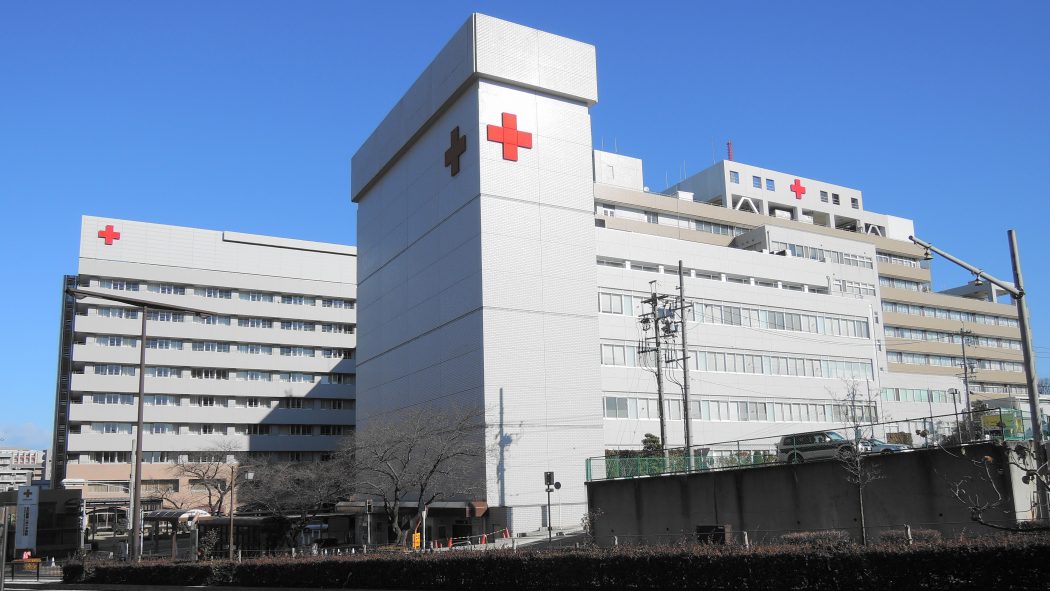Since the passage of the Affordable Care Act, the healthcare industry has seen a flurry of changes ranging from mandated health insurance to the use of electronic recordkeeping. Most recently, MACRA has hospitals scrambling to become compliant with CMS reporting standards and maximizing their quality-based incentive payments. However, within this tornado of change, the most transformative element of healthcare has been overlooked by most of its professionals. Buried within MACRA is an alternative payment model (APM) formally known as the Category 4B Comprehensive Population-Based Payment system. While it may not have captured as many headlines as Obamacare, its effects could be much greater in scope for the healthcare industry and the patients under its care. This particular APM is referred to as a “capitation model,” in which healthcare providers are paid a fixed fee based on the number of patients within their system, typically ranging from $350 to $800 per patient per month. The fixed payment to the hospital (from CMS or commercial insurers) will cover all of the healthcare needs of its patients. Everything from primary care visits, to specialist consultations, surgeries, and imaging will be covered for a flat monthly rate.
Why is this new payment system so revolutionary? Essentially, it is a near-perfect alignment of incentives for providers, patients, and the economy at large—a marked shift from the fee-for-service model. Under FFS, hospitals would maximize their revenue by performing as many surgeries or procedures as possible. With a capitation model, however, the payment to hospitals is a fixed amount, regardless of how many procedures are performed. Since revenue is fixed for a given patient base, the only way for a hospital to increase profit is by reducing costs. While this may initially seem like a sure-fire way to encourage hospitals to provide poor quality healthcare, the opposite is actually true: the most effective way for a health system to reduce costs under a capitation model is to keep patients healthy in order to reduce their need for further medical services.
incentives for providers, patients, and the economy at large—a marked shift from the fee-for-service model. Under FFS, hospitals would maximize their revenue by performing as many surgeries or procedures as possible. With a capitation model, however, the payment to hospitals is a fixed amount, regardless of how many procedures are performed. Since revenue is fixed for a given patient base, the only way for a hospital to increase profit is by reducing costs. While this may initially seem like a sure-fire way to encourage hospitals to provide poor quality healthcare, the opposite is actually true: the most effective way for a health system to reduce costs under a capitation model is to keep patients healthy in order to reduce their need for further medical services.
This can be demonstrated using an example of two hospitals, Hospital Sick and Hospital Healthy. Hospital Sick does a poor job at keeping its patients in good health; doctors and administrators have not found a way to prevent or effectively manage chronic conditions like diabetes or heart disease within their patient base and are thus required to regularly perform complex procedures during the more progressive stages of disease. This requires them to keep many specialists and surgeons on salary, which runs up hospital payroll costs. For their 1000-patient base (1000 patients x $500/patient/month = $500,000 monthly revenue), they have total costs of $600,000 and are losing $100,000 each month. Hospital Healthy, on the other hand, has found a phenomenal method to keep patients healthy: they have dietitians on staff to educate patients on healthy eating; they provide free group-based personal training services to keep patients physically fit; they have patient-counselors which work one-on-one with patients to keep them accountable to their healthy eating behaviors, motivate patients if they start missing exercise sessions, and educate them on other high-yield health behaviors like smoking cessation or reducing alcohol consumption; to top it off, Hospital Healthy heavily invests in primary care where patients regularly see their PCP for hour-long appointments. All of these up-front investments help the patients avoid chronic disease altogether, which pays off to the hospital because they see dramatic cost savings downstream in the expensive medications and complex surgeries they no longer need to administer. By focusing on prevention, Hospital Healthy only has $400,000 in costs and, for the same $500,000 in revenue as Hospital Sick, yields $100,000 in profit.
The revolutionary aspect of the Category 4B Comprehensive Population-Based Payment system is that it is an alignment of incentives: the financial well-being of a hospital will be directly tied to its patients’ health. This alignment will encourage hospitals to continually seek improvement in the care it can provide its patients, knowing that this will ultimately lead to cost savings down the line. We will finally see innovation at an organizational level within an industry known for its stagnation. It is important to note that many such changes (e.g., providing free group exercise classes) would never have been financially feasible under a fee-for-service model. In the long term, this alignment of incentives will mean better health outcomes for patients at a lower cost (largely due to prevention) for society. However, the transition to a capitation model will take years to implement with many intermediate steps along the way. Nonetheless, it is the future for our generation of healthcare professionals.
Alternative Payment Model (APM) Framework. Version Date: 1/12/2016. https://hcp-lan.org/workproducts/apm-whitepaper.pdf
Jason Paul Singh is a student at The University of Arizona College of Medicine – Phoenix, class of 2020. He graduated summa cum laude from the University of Michigan – Ann Arbor with a BS in economics. His academic interests include alternative healthcare models and methods to improve efficiency in medicine. In his spare time, Jason enjoys traveling, reading and running. Please feel free to contact him at jpsingh[at]email.arizona.edu with any questions or comments.


